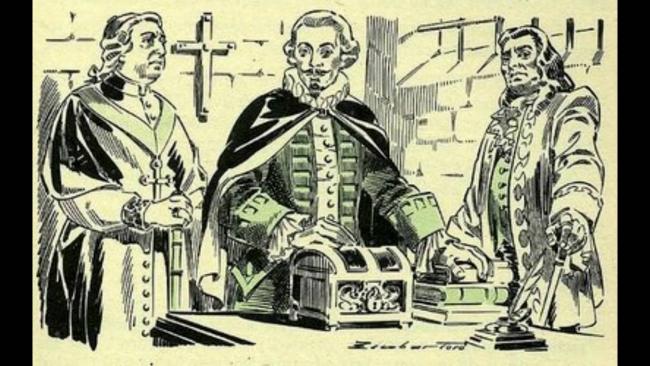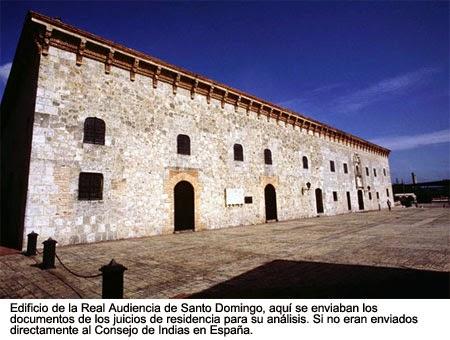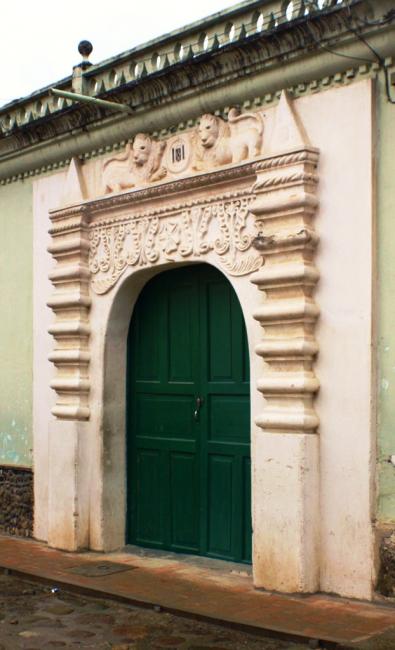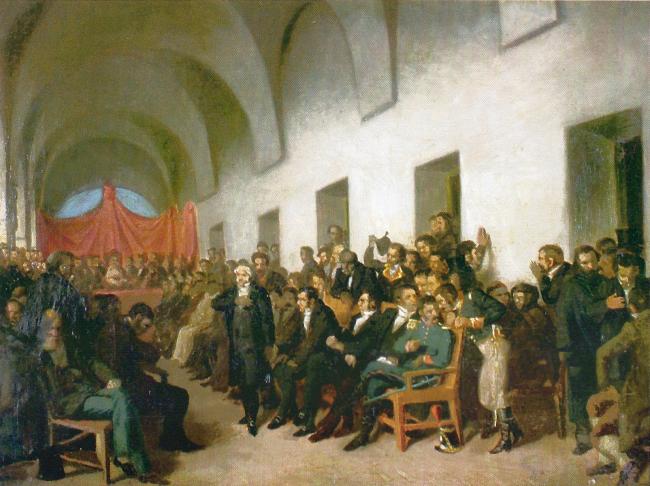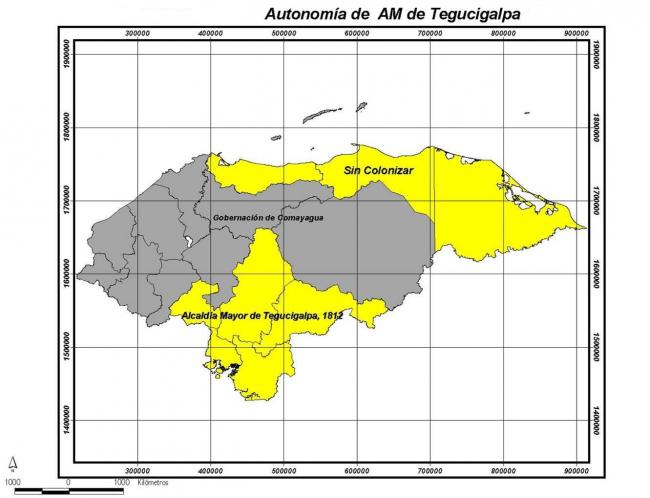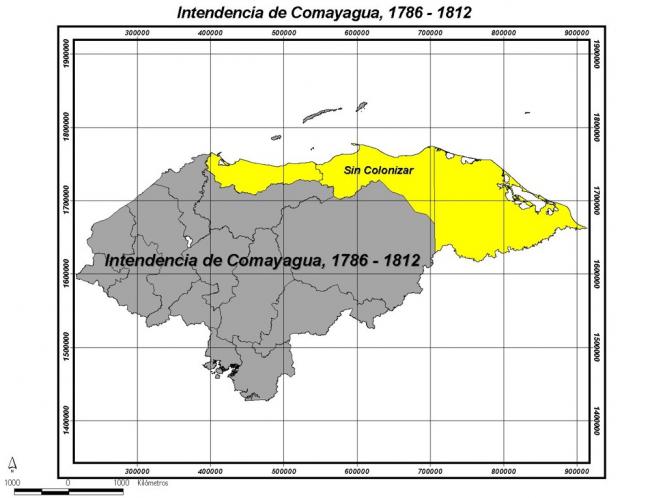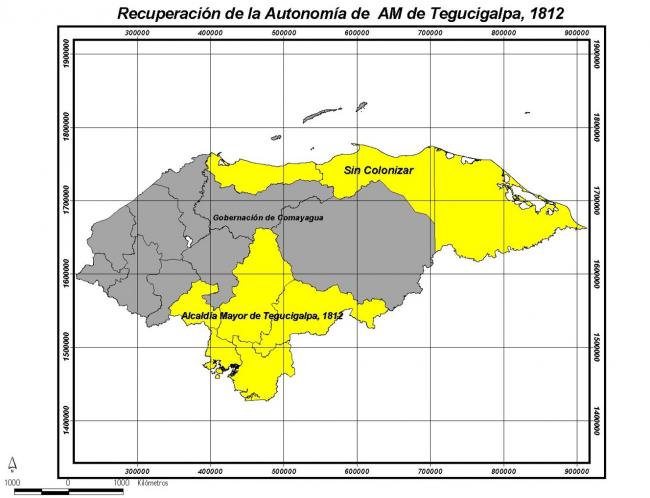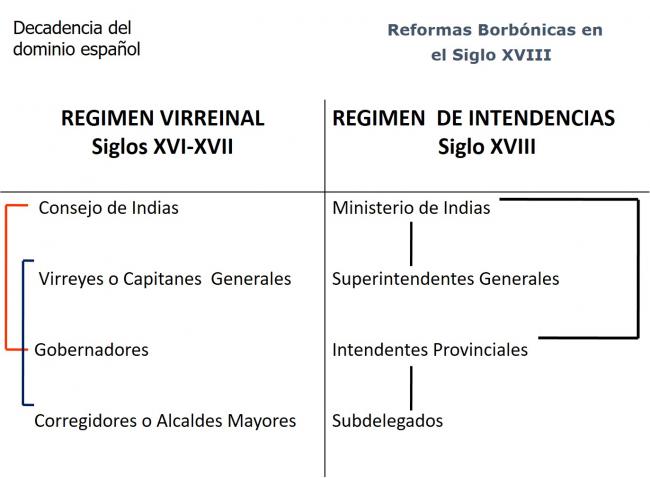The Audiencia was the judicial and administrative body that oversaw the correct application of the royal policy in the colonies through the Viceroys, Captains, Generals, and other authorities and institutions of the colonial administrative section. The audiencias organized in a collegiate form made up of four Oidores and a procurator, all of them scholars, and together they adopted, by simple majority, administrative and judicial decisions for a given circumscription.
In Honduras, the Audiencia de los Confines was created. This was an audiential district with headquarters in the city of Gracias a Dios in the province of Honduras. It was created on November 20, 1542 and was named so because it had to reside in the confines of Nicaragua, Honduras and Guatemala. The object of its creation was the application of new laws in the District comprising the provinces of Guatemala, Honduras, Nicaragua, Chiapas, Yucatan, Tabasco, Cozumel, Soconusco, Veragua and Darien.
Another instance was the Gobernacion, this in the first moment of the conquest was a territory determined by capitulaciones, real cedulas and the expansive force of the conquerors. The government was administered by a Governor appointed by the Crown, who exercised jurisdiction over a given territory.
At the beginning of the sixteenth century lacked a cultural and political unity, in its territory existed a mosaic of peoples with cultural differences, each with differentiated territoriality.The Honduras of the period 1502-1530 was limited to a small part of territory between the mouth of the Golfo Dulce in Guatemala and the Port of Trujillo in Honduras.
Politically it constituted a unit whose supreme chief was the Governor of Comayagua, but the two Alcaldias Mayores that made up its district enjoyed great administrative autonomy. The Alcaldias Mayores of San Andres de Zaragoza, was suppressed in 1703 and that of Tegucigalpa created in 1579.
Honduras was administratively divided into Parties which distribution varied according to the importance acquired by the different populations.
In the year 1816 the number rose to eight parties: Sensenti, Tencoa, Gracias a Dios, San Pedro Sula, Yoro, Olancho, Olanchito and Tegucigalpa. The head of the parities was a party lieutenant.
From a military perspective, the province of Honduras, after 1779 came to have an excellent organization. The Governor was the chief of Arms and the troops of the province depended on him, consisting of voluntary militias, except for the garrison of Omoa and Trujillo. There was a cavalry battalion in Tegucigalpa, another in Comayagua and 4 militia companies in Yoro. In Trujillo there was a detachment of the veteran regiment of the Kingdom and another in Omoa.
Other administrative instance was El Corregimiento, this colonial Institution was created for the administration of the indigenous population. These functions were exercised by people appointed by the Crown or the Viceroys, for a limited term to hold the position. Two townships functioned in Honduras: Ocotepeque (XVI century) and Tencoa (XVIII century).
The Municipality
An institution of Spanish origin, it is the main source of local power and community life. Democratic in its origins, since its authorities - mayor and aldermen - were elected by the settlers it became an expression of the central power. However, throughout the colony and the first centuries of independence it concentrated the living forces of each locality and presided over the annual events of popular and institutional life.
There are currently 298 municipalities in Honduras with authorities elected by their inhabitants, following a modern process of administrative decentralization, financial autonomy and political affirmation of local power.
The Cabildo
Then there is the Municipal Cabildo, which was a kind of Town Hall appointed to govern locally the community of a place, village or city on the basis of a legal order. The municipal council consisted of 1 or 2 mayors, aldermen, constables, faithful executors, prosecutor, secretary and royal lieutenant.
